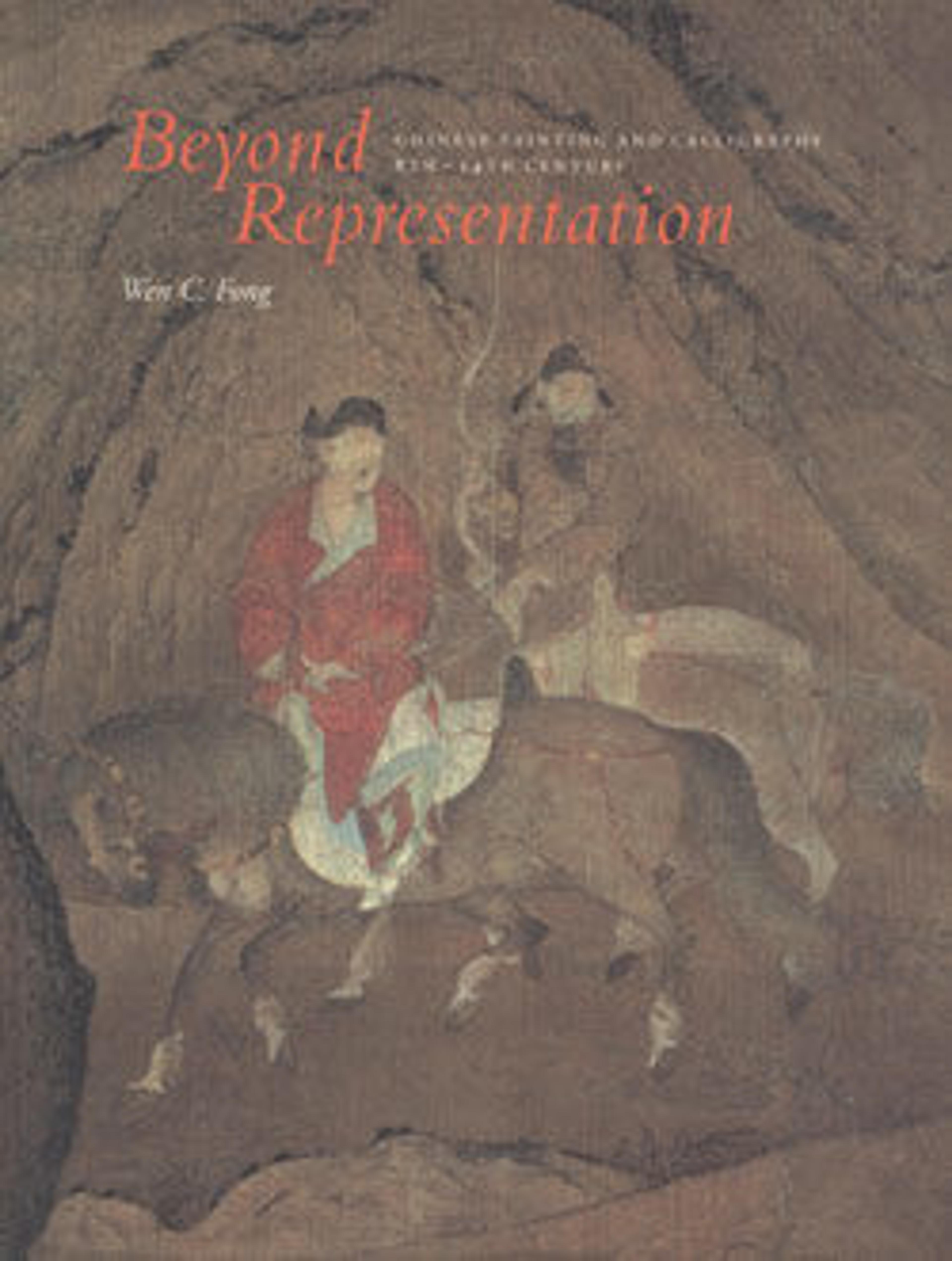The Pavilion of Prince Teng
The Pavilion of Prince Teng demonstrates that Tang Di, a scholar and government official best known for his large-scale colored paintings on silk, was also capable of producing intimate, more informal ink drawings on paper. As he does in his monumental decorative style, Tang here follows the conservative brush idiom of the Northern Song master Guo Xi (ca. 1000–ca. 1090), though his relaxed calligraphic depiction of rocks, trees, and foliage reflects the early Yuan transformation of Song models by Tang Di's teacher, Zhao Mengfu (1254–1322). The pavilion, erected in the seventh century by the prince of Teng, is one of the most renowned buildings in Chinese history, thanks to the poet Wang Bo (649–676). It is situated near the confluence of the Gan and Yangzi Rivers in Jiangsi Province. Wang's poem, which contrasts the impermanence of human life with the endless flow of the river, has made the pavilion a favorite subject for painters. The large seals at the beginning of this scroll belong to Prince Yi (1686–1730), thirteenth son of the Kangxi emperor (r. 1662–1722).
Artwork Details
- 元 唐棣 滕王閣圖 卷
- Title:The Pavilion of Prince Teng
- Artist:Tang Di (Chinese, ca. 1287–1355)
- Period:Yuan dynasty (1271–1368)
- Date:dated 1352
- Culture:China
- Medium:Handscroll; ink on paper
- Dimensions:Image: 10 13/16 x 33 1/4 in. (27.5 x 84.5 cm)
Overall with mounting: 11 1/8 x 310 11/16 in. (28.3 x 789.1 cm) - Classification:Paintings
- Credit Line:Bequest of John M. Crawford Jr., 1988
- Object Number:1989.363.36
- Curatorial Department: Asian Art
More Artwork
Research Resources
The Met provides unparalleled resources for research and welcomes an international community of students and scholars. The Met's Open Access API is where creators and researchers can connect to the The Met collection. Open Access data and public domain images are available for unrestricted commercial and noncommercial use without permission or fee.
To request images under copyright and other restrictions, please use this Image Request form.
Feedback
We continue to research and examine historical and cultural context for objects in The Met collection. If you have comments or questions about this object record, please contact us using the form below. The Museum looks forward to receiving your comments.
